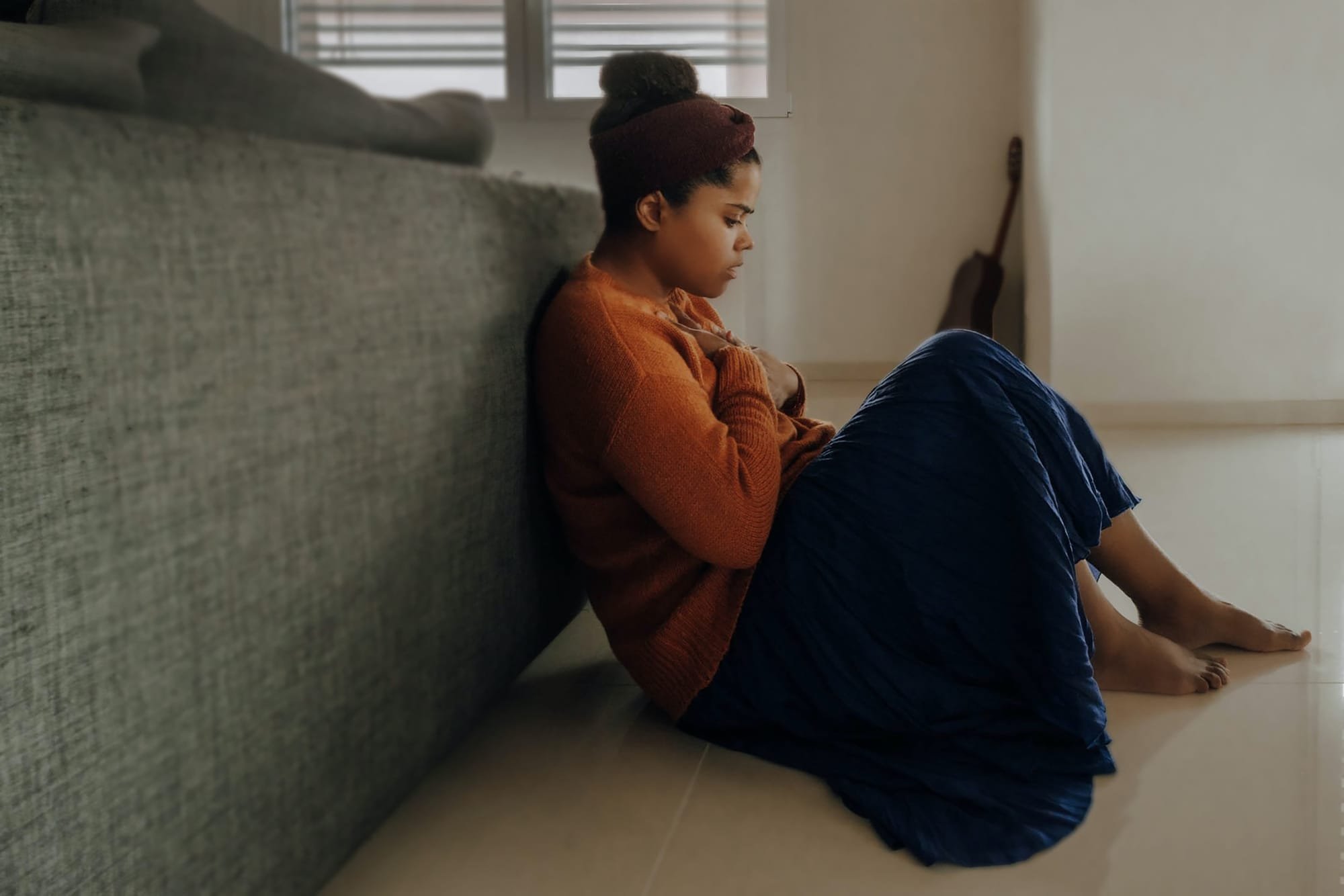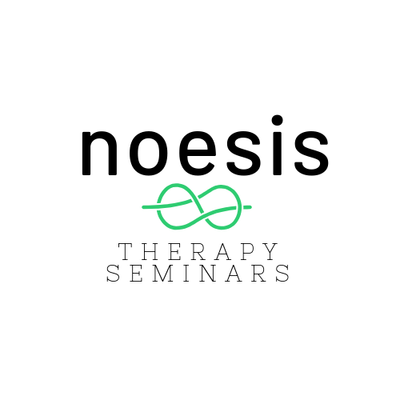7 Relaxation Techniques to Alleviate Motion Sensitivity Anxiety

Motion sensitivity, often known as travel sickness or kinetosis, encompasses a range of symptoms such as dizziness, nausea, and fatigue, triggered by movement in cars, boats, planes, or even virtual simulations. For many, this condition extends beyond physical discomfort, breeding anxiety related to travel. The anticipation of motion sickness can lead to heightened stress, making any journey seem daunting. Fortunately, several relaxation techniques can mitigate these symptoms, making travel more comfortable and less anxiety-inducing. In this article, we explore seven effective methods to alleviate motion sensitivity anxiety, empowering you with tools to navigate your travels with ease.
1. Deep Breathing Exercises
Deep breathing stands as a cornerstone of relaxation and can significantly dampen the anxiety associated with motion sensitivity. By focusing on slow, deep breaths, you can activate your body's parasympathetic nervous system, which promotes a state of calmness. This technique is particularly effective because it can be employed anywhere, whether you're seated on a plane or waiting at a bus station. To practice, inhale slowly through your nose, hold your breath for a few seconds, and exhale slowly through your mouth. Repeat this process several times until you feel more at ease.
2. Progressive Muscle Relaxation (PMR)
Progressive Muscle Relaxation (PMR) is a method developed to alleviate tension throughout the body. This technique involves tensing each muscle group for a few seconds and then releasing it, promoting a deep state of relaxation. Start with your toes and gradually work your way up to your head, focusing on one muscle group at a time. PMR can be especially beneficial before a trip starts, reducing overall anxiety and potentially decreasing the severity of motion sensitivity symptoms.
3. Visualization
Visualization, or guided imagery, is a powerful technique to transport your mind to a peaceful place, away from the stress of motion. Close your eyes and imagine a serene setting, focusing on the sights, sounds, and smells that accompany this "safe space." By concentrating on these peaceful images, you can detract attention from the discomfort of travel, easing your mind and body. This method is best practiced in a quiet area before travel or during breaks on longer trips.
4. Mindfulness Meditation
Mindfulness meditation encourages present-moment awareness, which can be incredibly soothing for those with motion sensitivity. By acknowledging and accepting your feelings without judgment, you can reduce the stress associated with travel. Apps with guided meditations can be particularly helpful, offering short sessions designed for stress relief that you can listen to during transit. Additionally, focusing on your breath or engaging in a body scan meditation can further promote relaxation.
5. Acupressure
Acupressure, an ancient Chinese therapy, involves applying pressure to specific points on the body to relieve symptoms of nausea and anxiety. For motion sensitivity, the Pericardium-6 (Neiguan) point on the wrist is particularly effective. Applying gentle, steady pressure to this area with your finger or an acupressure wristband can help manage symptoms. This easy-to-learn technique provides a discreet, drug-free option to alleviate motion sensitivity anxiety.
6. Aromatherapy
The soothing power of scent can play a significant role in reducing anxiety and nausea associated with motion sensitivity. Essential oils such as ginger, peppermint, and lavender are known for their anti-nausea and calming properties. Before and during travel, apply these oils to a handkerchief or use a portable diffuser. Alternatively, specific aromatherapy wristbands are available, which you can wear to subtly inhale beneficial scents throughout your journey.
7. Herbal Supplements
For some, herbal supplements can offer natural relief from motion sensitivity and related anxiety. Ginger, for instance, is widely recognized for its effectiveness in preventing and treating nausea and vomiting. Peppermint and chamomile are also beneficial for their soothing and calming effects on the digestive system and the mind. However, it's essential to consult with a healthcare provider before incorporating any new supplement into your regimen, ensuring it's safe and suitable for your specific health situation.
While motion sensitivity can significantly impact one's quality of life, especially for frequent travelers, the methods outlined above offer various strategies to manage and alleviate related anxiety. By experimenting with these techniques, you can identify what works best for you, potentially transforming your travel experiences into more enjoyable and less daunting ventures. Remember, it's always advisable to consult with a healthcare professional for individual advice and support tailored to your personal health needs.
